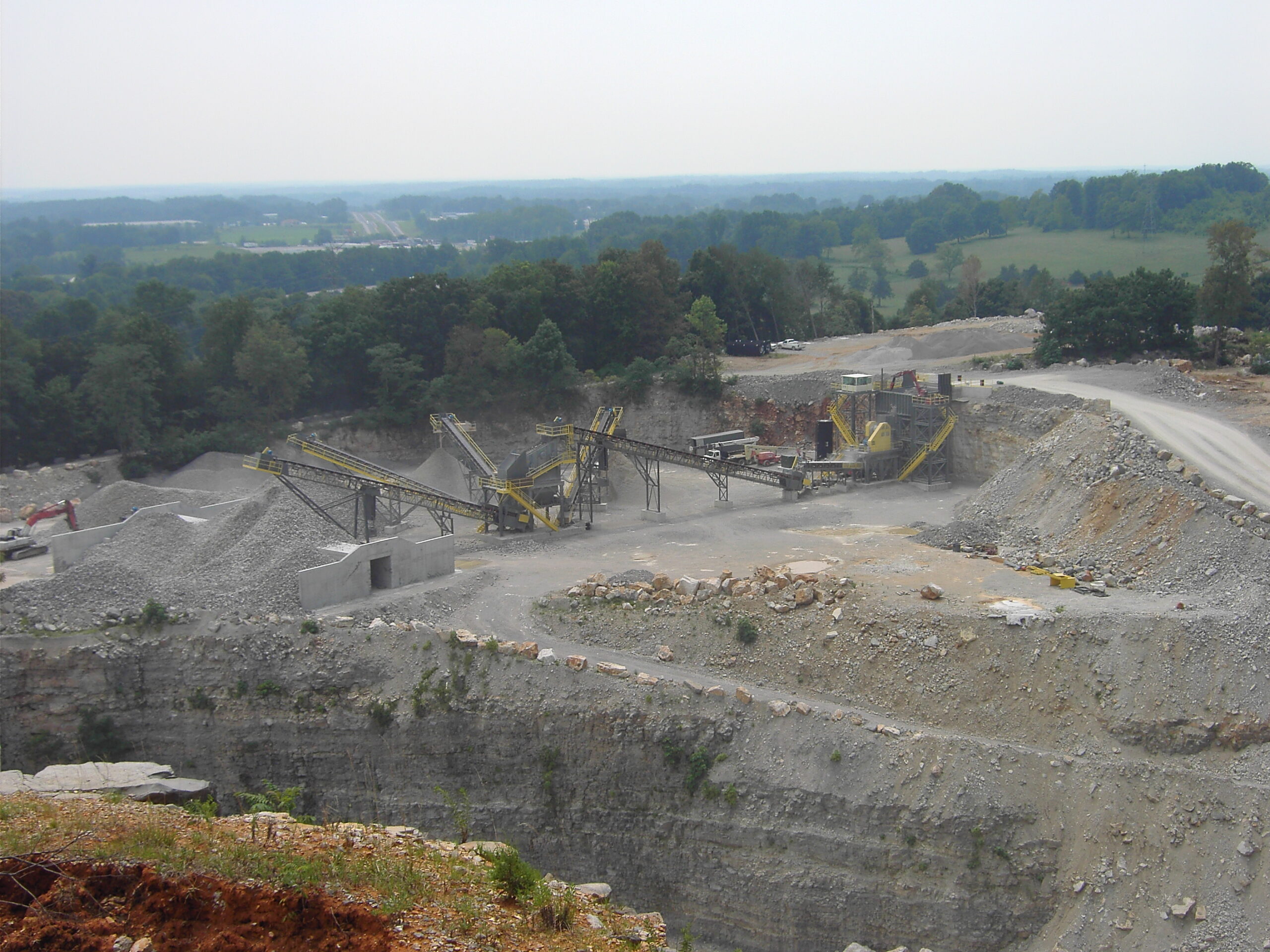Eco-Building Design: Incorporating Green Materials for Reduced Environmental Footprint
An array of both organic and mineral substances are required for construction projects. Examples include limestone, wood as well as clay, sand, and even metals. The materials are made and extracted in a manner that can impact biodiversity.
Bamboo is an eco-friendly flooring as well as ceiling materials that increase in size to a meters every day. Cork is another sustainable material that is used for Acoustic ceiling panels and walls instead of being burned or put in the landfill.

Sustainable Construction Methods
Sustainable construction methods are a set of principles that guide the planning and execution of projects to ensure its environmental responsibility. These include construction materials that have low embodied energy and incorporating recycled or biodegradable materials into the structure along with adopting environmentally sustainable construction practices.
Wood, bamboo, hemp cement, and cork are just a few examples of environmentally friendly construction materials. They are renewable and are made using renewable resources. They’re also environmentally friendly which means they require no or little chemical treatment. They can also be used as insulation or to control humidity.
Green construction can be facilitated by the use of materials with lower embodied energy and by adopting environmentally-friendly production processes, such as direct reduced iron for steel or carbon capture for cement. An effective procurement plan can be employed to implement this method, which means that companies are selected on indicators and other criteria to promote sustainable development. This includes setting targets in terms of the amount recycled and repurposed material to be used in the construction process.
Sustainable Building Materials for Construction
The utilization of natural and recyclable xi mang trang products is an important element in sustainable construction products. This helps reduce the ecological impact as well as the use of energy while building. They are products that need minimal processing and are sourced locally, thereby reducing transportation requirements as well as emissions. The most eco-friendly construction materials are industrial hemp, bamboo, straw bales, recycled glass the reclaimed wood as well as rammed Earth.
Hemp concrete is an example of a material for construction that’s made with a mix of hemp fibers as well as lime. The material is strong, durable and easily breathable. It is carbon negative, that is, it absorbs more CO2 when it is produced than releases when it is in use.
Another eco-friendly building material is recycled steel that is used for framing and roofing, as well as countertops and flooring. Stone is another popular choice which is a naturally-occurring substance that needs minimal processing. Cork, derived from the bark of cork oak trees, is a natural insulator and can be used to build floors as well as walls.
Environmental Conservation in Construction
Many large construction companies use green products as well as practices for their construction. It is an excellent way to conserve environmental resources as well as reduce the amount of contamination on construction sites.
It’s equally important to save energy through the entire construction process. Using renewable energy and implementing technological advances can lessen the carbon footprint your construction project.
Production of certain building materials could have a negative impact on the biodiversity. This includes the extraction of essential materials, such as wood, gravel, sand, iron ore and stones, which may harm ecosystems and cause species to be wiped out.
Another issue that is of great concern is manufacturing synthetic materials, such as concrete, which is one of the least environmentally friendly construction materials. Fortunately, recycled plastic as well as reclaimed wood are sustainable alternative options. Reclaimed wood is a viable option since it aids in limit deforestation as well as being readily available. It’s also light to make it easy to transport. Additionally, it’s strong in tensile for durability.
Green Materials: Benefits
The utilization of sustainable materials is a way to prioritize sustainability throughout their life. They emit fewer greenhouse gases in the process of construction, operation and then disposal. Utilizing energy efficient windows, insulation made of natural fibers as well as recycled steel could reduce a building’s power usage, thus reducing utility bills to the building’s occupants and reducing greenhouse gas emissions.
Sustainable materials can be obtained through renewable, rather than nonrenewable resources. This helps to avoid the destruction of forests. They also absorb more carbon dioxide than what they emit over the course of their lives. The other green materials make use of biomimetic techniques to replicate the natural properties including mycelium that is composed of fine pieces of fungi growing into a tough and durable substance.
Project planners can encourage the availability of green material by showing their dedication to sustainability and encouraging industries to develop new ideas. The thorough assessment of the supply chain’s performance and controls on quality are crucial for ensuring that green material projects will be successful. Establishing a culture of continual learning will lead to technology advancements and reduce costs.